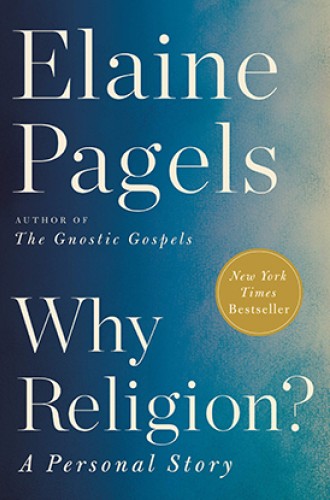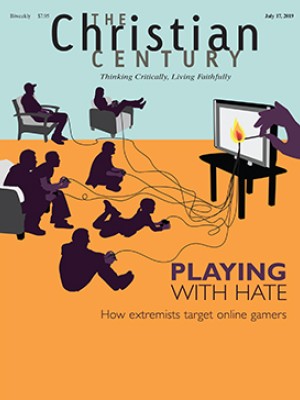Elaine Pagels’s lifelong search for the sacred
Pagels vividly recounts her spiritual experiences. But she won’t let herself be bound by any tradition.
A professor once said to me that religious scholars come in two varieties: those who openly admit the connections between their scholarship and their autobiography, and liars. By this standard, Elaine Pagels is no liar.
Pagel’s autobiographical reflections chronicle her search for the sacred throughout her life, from a fundamentalist Christian congregation in California to graduate studies in religion at Harvard, from a fertility ritual done on her behalf in New York City to a Trappist monastery in Snowmass, Colorado. Two tragic losses inform her search: the death of her son Mark from a congenital heart illness when he was six, and the death a year later of her husband, Heinz, during a hiking accident in the mountains.
Pagels’s account of grief is both unflinching and powerful. Surviving two losses of such magnitude while being a single parent and an award-winning Ivy League professor is an extraordinary testament to resilience and the power of carrying on. Pagels does not play down the rawness of grief, and her honesty makes her account ring with truth. “Christmas lights, again, piercing like knives. The spirit of that season was never more remote than during those dark December days.” Pagels details the ways her losses felt unbearable, and her descriptions will resonate with many who have faced grief.
Read our latest issue or browse back issues.
Pagels vividly recounts her own powerful spiritual experiences: ecstatic moments with the monks at an abbey, an epiphany during the fertility ritual, and the sense of truth she felt when first reading the gnostic gospels. Her view of religion is largely aesthetic. She writes that she is religious in the sense that she is “susceptible to the music, the rituals, the daring leaps of imagination and metaphor so often found in music, poems, liturgies, rituals, and stories—not only those that are Christian, but also the cantor’s singing at a bar mitzvah, to Hopi and Zuni dances on the mesas of the American Southwest, to the call to prayer in Indonesia.”
While religion for Pagels is an aesthetic experience, it isn’t sheerly individualistic. She reminds readers that what we say we believe about humanity and the world can create or inhibit the ways we treat each other and the world. It is, after all, a certain reading of the Genesis story that was used to make women subservient to men in the Christian tradition. Uncovering the way faith claims create social realities has been at the heart of Pagels’s scholarship.
After Heinz’s death, Pagels found community with his colleagues and among her friends. She writes about the value of these communities, but she never suggests that similar healing may be found in congregations. Aside from occasional references—interring Mark’s and Heinz’s remains in the columbarium at the Church of the Heavenly Rest, for example, or finding beauty in the liturgy at an Episcopal church in Princeton—she gives no account of participating in a community of faith or being comforted by church members.
That omission is deliberate. Pagels writes: “What matters more to me than whether we participate in institutions or leave them is how we engage the imagination—in dreams, art, poetry, music—since what each of us needs, and what we can engage, obviously differs and changes throughout our lifetime.” For Pagels, the significance of faith is in its therapeutic utility, how well it meets the human needs for comfort, security, and beauty. Her desire for a universal sense of meaning is utilitarian in this regard.
She will not let herself be bound by the strictures of any particular tradition, certainly not Christianity. Her view of faith lacks any sense of costly discipleship, self-sacrifice, striving for justice, or stewardship of creation. She turns to gnostic texts when the canonical scriptures disappoint her, and she notes that religion calls us to draw on our own resources, which we find within ourselves when we participate in holy rituals that engage the imagination.
Many readers will resonate with Pagels’s account of her search for the holy, for comfort, for stability, and for solace amid grief. In my experience, however, people facing grief and loss are often unable to find what they need within themselves. The kind of structure that they most need—rooted in the teachings of the canon, and often manifest in the community members who bring casseroles, offer prayers, and make hospital visits—comes graciously from the outside.
Pagels has thought deeply and writes beautifully about what she finds useful in the concept of religion. But she fails to recognize that the way she tells the story is more idiosyncratic and individualistic than the universal narrative she wants it to be.






